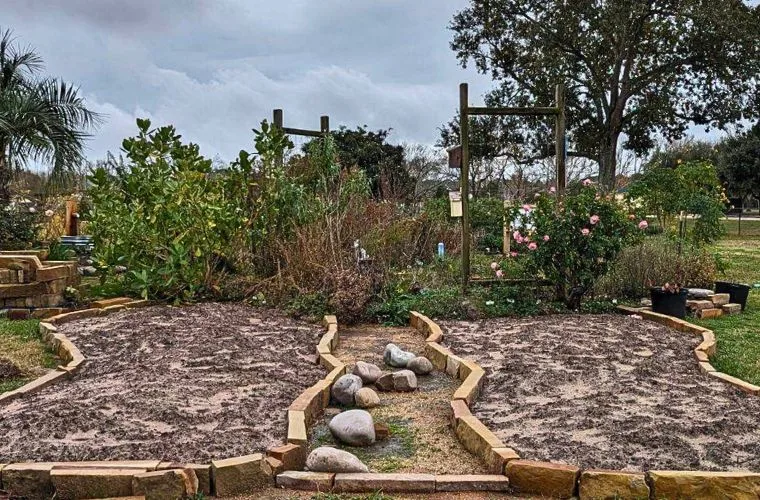October 19, 2023 @ 7:00 pm – 8:00 pm
Come explore some custom tricks of the trade for prepping soils specifically for a variety of native plants. We will delve into approaches for improving and restoring existing soils as well as recipes and techniques for blending your own Native Plant Soil mixes from scratch. Please bring your questions and/or existing soil samples relating to your own native planting projects.
About the Speakers
Mark Bowen
Mark Bowen is currently the Product Development Manager of Vego Garden. He is a certified nurseryman and permaculturist. He is the author of the books Habitat Gardening for Houston & Southeast Texas and Naturalistic Landscaping for the Gulf Coast, as well as the The Bayou Planting Guide booklet.
Luis Chamorro
Luis Chamorro is currently the Sales & Marketing Manager for Heirloom Soils. He is passionate about presenting topics with a humor twist. He likes to read Mark Bowen’s books.
Our monthly chapter meetings are held on every 3rd Thursday, January – November. Our meetings are free and open to the public thanks to our members and sponsors.
Join us in person at 7:00 pm! Come at 6:45 pm for a meet and greet with snacks.
Houston Arboretum and Nature Center
610 Entrance (preferred)
120 W Loop N Fwy
Houston, TX 77024
Woodway Entrance
4501 Woodway Drive
Houston, TX 77024
Meetings will also be live-streamed.
Return to Houston Chapter Page
Related Events
-
Pollinator Road Trip 3: A Habitat Grant Update – Hybrid Clear Lake Chapter Meeting
May 13 @ 6:15 pm – 8:30 pm



